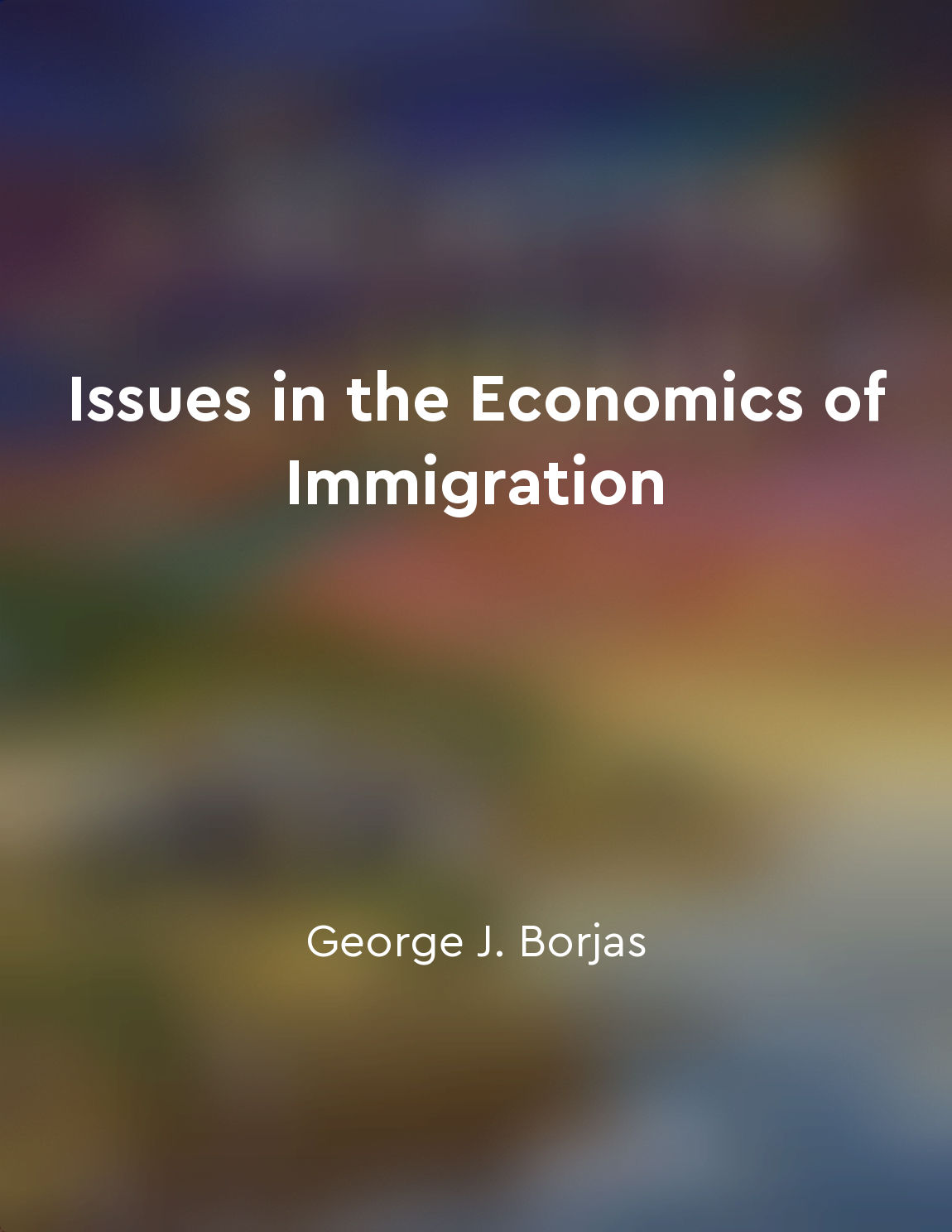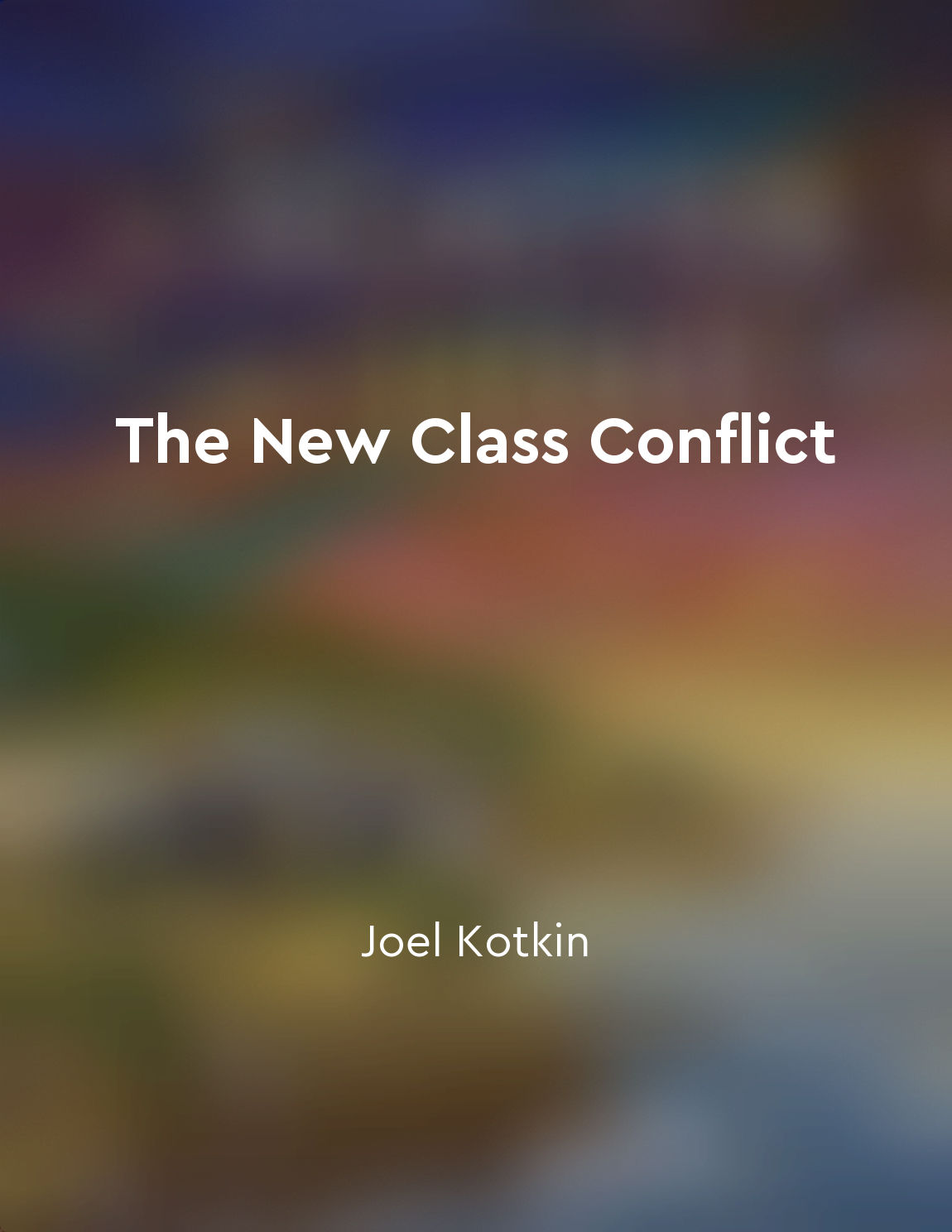Immigration policies were designed to benefit the ruling class from "summary" of A People's History of the United States by Howard Zinn
Throughout American history, the ruling class has maintained its power and privilege through the manipulation of immigration policies. By controlling who is allowed to enter the country and under what conditions, the ruling class has been able to ensure a steady supply of cheap labor to exploit for their own benefit. From the very beginning, immigration policies were designed to serve the interests of the ruling elite. The Naturalization Act of 1790, for example, restricted citizenship to "free white persons" - excluding not only enslaved Africans and indigenous peoples, but also immigrants from other racial and ethnic backgrounds. This exclusionary policy served to reinforce the power of the ruling class by maintaining a racial hierarchy that privileged white Europeans over other groups. As the United States expanded and industrialized, immigration policies continued to be shaped by the needs of the ruling class. The Chinese Exclusion Act of 1882, for instance, was passed in response to growing anti-Chinese sentiment among white workers who feared competition for jobs. Rather than challenge the economic system that pitted workers against each other, the ruling class chose to scapegoat Chinese immigrants and restrict their entry into the country. Similarly, the Immigration Act of 1924 established strict quotas based on national origin, effectively shutting out immigrants from Southern and Eastern Europe while favoring those from Northern and Western Europe. This policy was driven by a desire to maintain a racially homogenous society that would be easier for the ruling class to control and exploit. Even in more recent times, immigration policies have continued to serve the interests of the ruling class. The Immigration Reform and Control Act of 1986, for example, granted amnesty to undocumented immigrants already in the country while simultaneously cracking down on future immigration through increased border enforcement. This two-faced approach allowed the ruling class to maintain a vulnerable underclass of workers while appearing to be compassionate and inclusive. In sum, immigration policies have always been designed to benefit the ruling class at the expense of marginalized groups. By controlling who is allowed to enter the country and under what conditions, the ruling class has been able to maintain their power and privilege while perpetuating systems of exploitation and oppression.Similar Posts
Extractive institutions discourage investment and entrepreneurship
Extractive institutions are those that are designed to extract resources from the economy for the benefit of a small elite, rat...
The caste system reinforces power dynamics and privilege
The caste system is a powerful force that shapes the social hierarchy in society, dictating who holds power and privilege. This...

The labor market is greatly affected by immigration flows
The impact of immigration on the labor market cannot be overstated. When immigrants enter the workforce, they bring with them a...

Influence of immigration on class dynamics
The impact of immigration on class dynamics is a complex and often contentious issue in contemporary society. The influx of imm...

Immigrants contribute to government revenues through taxes
One of the key arguments in the ongoing debate about the economic impact of immigration is the notion that immigrants contribut...
Transforming extractive institutions into inclusive institutions is key to sustainable development
The fundamental idea put forth in 'Why Nations Fail' is that sustainable development hinges on the transformation of extractive...

